Tag: appointment
-
Heather Meyer assumes office as Kansas state representative
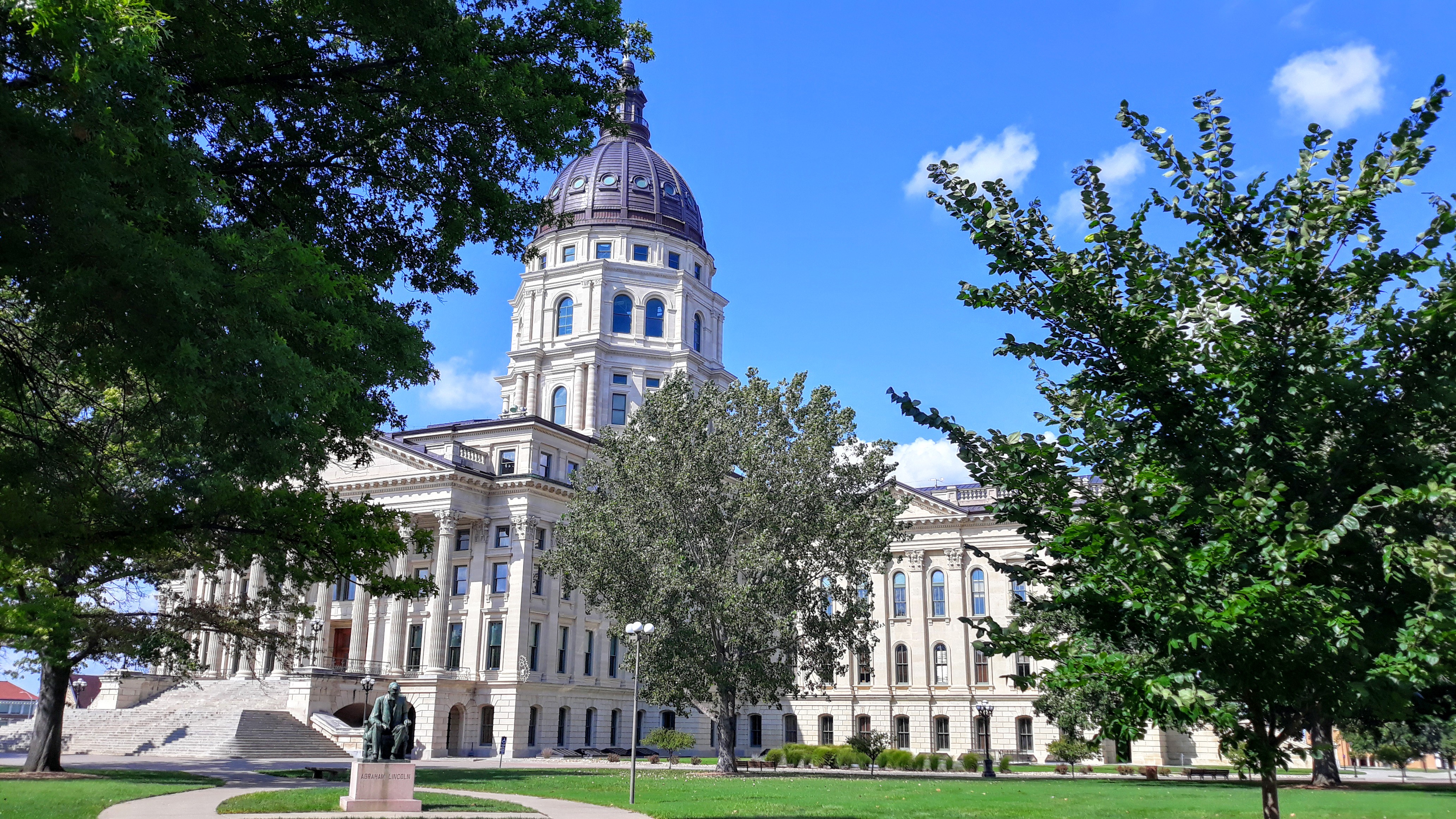
Heather Meyer (D) assumed office as the representative for District 29 in the Kansas state House on Sept. 7. The Johnson County Democratic Party appointed Meyer to the district on Aug. 24. The district became vacant on Aug. 29 when former state Rep. Brett Parker (D) resigned to accept a job offer. Meyer will serve…
-
Oklahoma Gov. Stitt appoints state supreme court justice

Oklahoma Gov. Kevin Stitt (R) appointed Dana Kuehn to the Oklahoma Supreme Court on July 26. The appointment filled a vacancy on the court caused by former Justice Tom Colbert’s retirement on Feb. 1. Kuehn is Stitt’s third nominee to the nine-member supreme court. Under Oklahoma law, state supreme court justices are selected by the…
-
Governor Brian Kemp appoints new state supreme court justice, public service commissioner
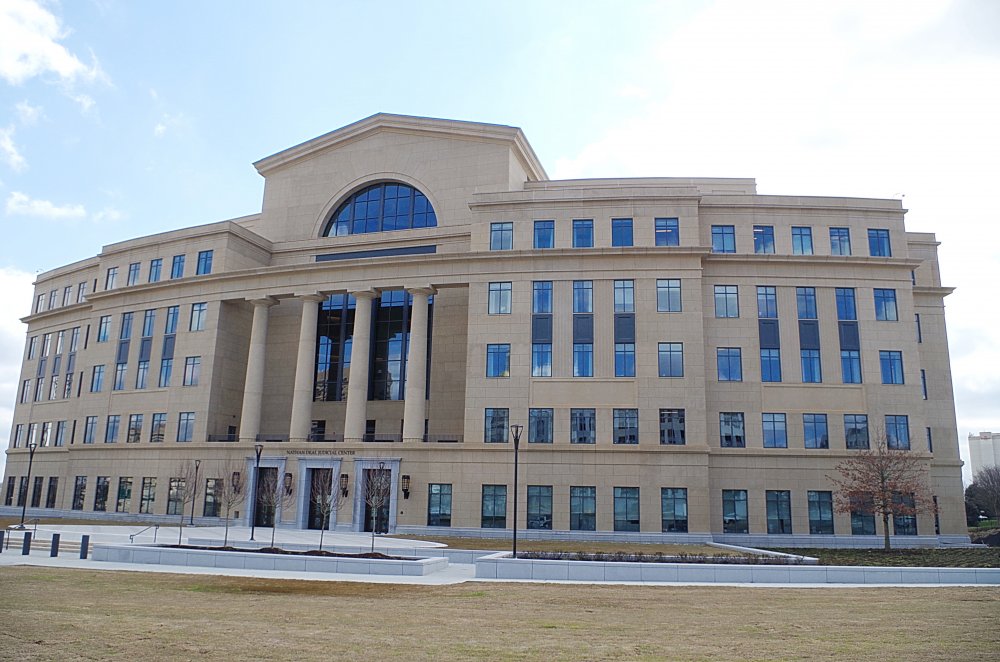
Governor Brian Kemp (R) appointed Verda Colvin to the Georgia Supreme Court and Fitz Johnson to the Georgia Public Service Commission on July 20 and 21, respectively. Colvin will fill the vacancy left by Justice Harold Melton, who retired on July 1 of this year, while Johnson will take former Commissioner Chuck Eaton’s position. Governor…
-
Gov. Brian Kemp fills vacancy on Georgia Supreme Court

Georgia GovernorBrian Kemp (R) appointed Verda Colvin to theGeorgia Supreme Court on July 20. Colvin was Kemp’s third nominee to the nine-member court. Colvin succeededHarold Melton, who retired on July 1. Chief Justice Melton joined the Georgia Supreme Court in 2005. He was appointed to the court by Gov. Sonny Perdue (R). Prior to her…
-
New Mexico governor appoints Briana Zamora to fill vacancy on state supreme court
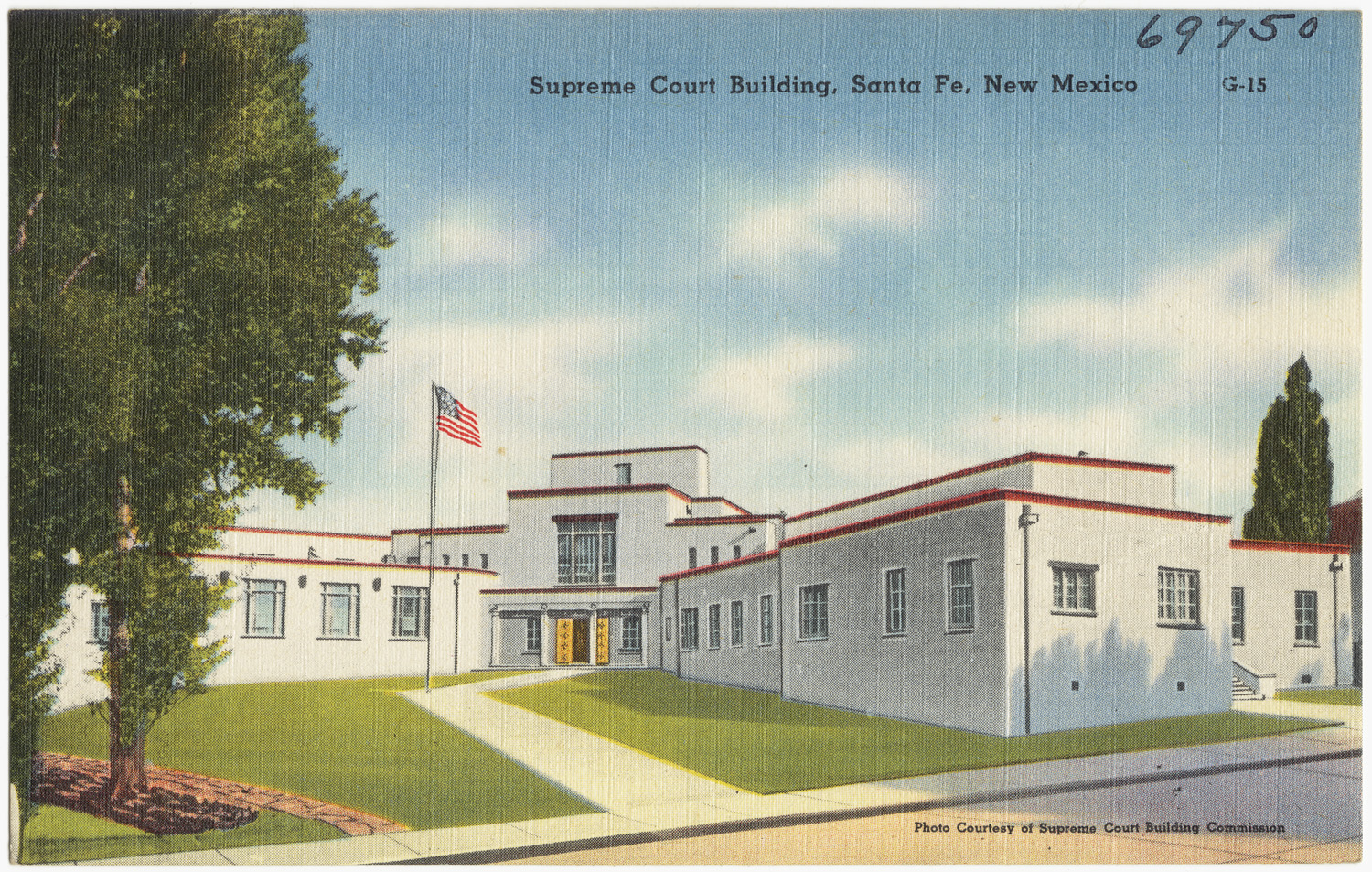
New Mexico Gov. Michelle Lujan Grisham (D) appointed Briana Zamora to the New Mexico Supreme Court on July 16. The appointment filled a vacancy on the court caused by former Justice Barbara J. Vigil’s retirement on June 30. Zamora is Gov. Lujan Grisham’s fourth nominee to the five-member supreme court. Under New Mexico law, midterm…
-
Bernalillo County Commission appoints Pamelya Herndon to New Mexico House of Representatives
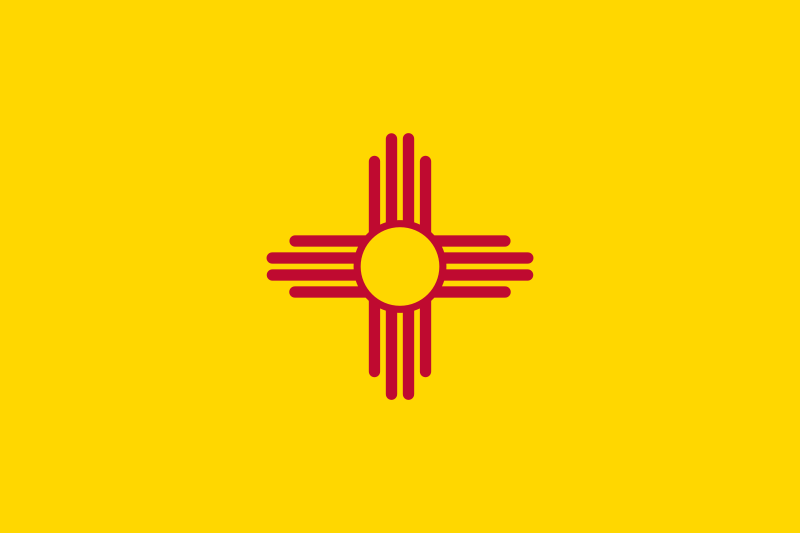
The Bernalillo County Commission appointed Pamelya Herndon (D) to District 28 in the New Mexico House of Representatives on June 22. Herndon replaces Melanie Ann Stansbury (D), who was elected to New Mexico’s 1st Congressional District on June 1 of this year. The Bernalillo County Commission voted 4-0 to appoint Herndon, who was one of…
-
Amy Beard appointed commissioner of Indiana’s Department of Insurance
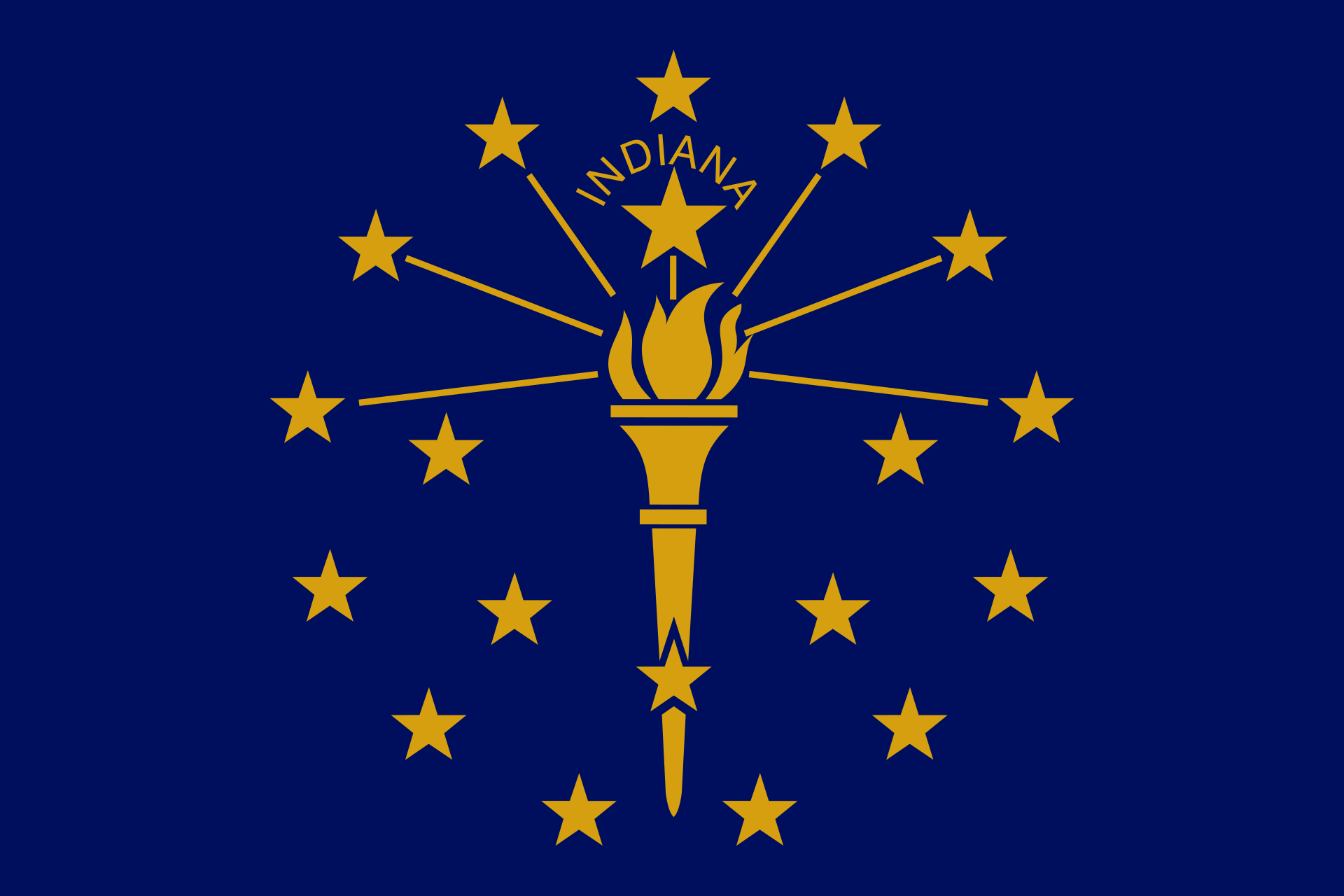
Amy Beard assumed office on June 2 as commissioner of the Indiana Department of Insurance. Governor Eric Holcomb (R) appointed Beard to the position in May to replace outgoing commissioner Stephen Robertson. Robertson announced in April he would resign as commissioner, effective June 1. Beard has worked at Indiana’s Department of Insurance since 2013, serving…
-
Hunter Roberts appointed secretary of South Dakota’s new Department of Agriculture and Natural Resources

Hunter Roberts assumed office on April 19 as secretary of the newly-formed South Dakota Department of Agriculture and Natural Resources. Governor Kristi Noem (R) appointed Roberts to the position in August 2020. The Department of Agriculture and Department of Environment and Natural Resources officially merged on April 19. Noem had announced her intention to combine…
-
Sabina Matos sworn in as Rhode Island lieutenant governor

The Rhode Island Senate unanimously confirmed Sabina Matos (D) as lieutenant governor on April 13. She was sworn in the following day. Governor Daniel McKee (D) nominated Matos as lieutenant governor on March 31. McKee resigned as lieutenant governor to be sworn in as governor on March 2, replacing Gina Raimondo (D) when she became…
-
Rhode Island Gov. Dan McKee nominates Providence City Council President Sabina Matos as lieutenant governor

Gov. Daniel McKee (D) nominated Providence City Council President Sabina Matos as lieutenant governor on March 31. McKee was responsible for choosing a new lieutenant governor after leaving the position to be sworn in as governor on March 2. McKee replaced Gina Raimondo (D) as governor when she resigned to become U.S. secretary of commerce.…

